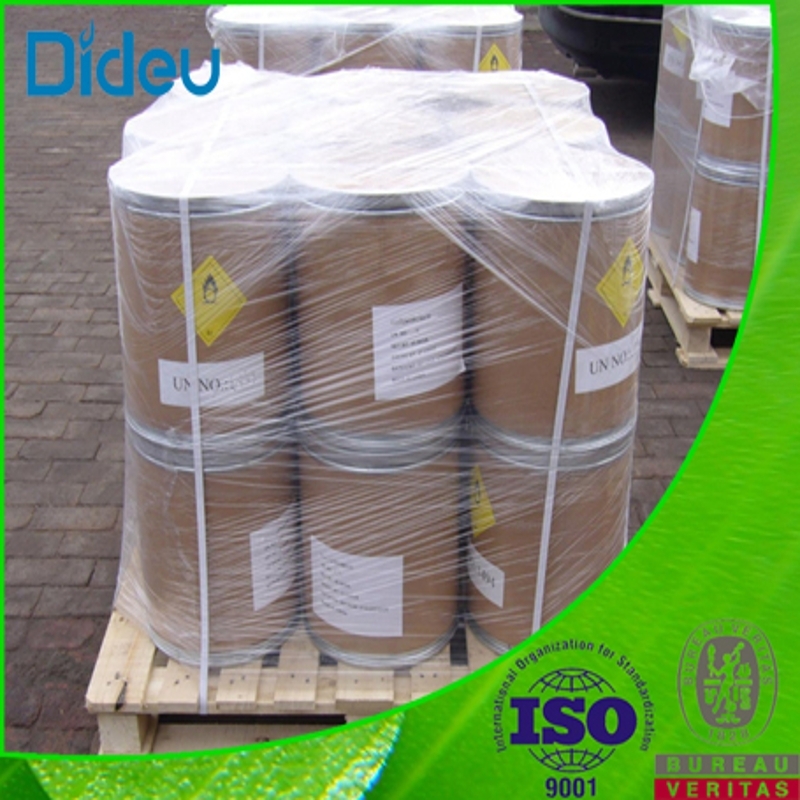-
Categories
-
Pharmaceutical Intermediates
-
Active Pharmaceutical Ingredients
-
Food Additives
- Industrial Coatings
- Agrochemicals
- Dyes and Pigments
- Surfactant
- Flavors and Fragrances
- Chemical Reagents
- Catalyst and Auxiliary
- Natural Products
- Inorganic Chemistry
-
Organic Chemistry
-
Biochemical Engineering
- Analytical Chemistry
-
Cosmetic Ingredient
- Water Treatment Chemical
-
Pharmaceutical Intermediates
Promotion
ECHEMI Mall
Wholesale
Weekly Price
Exhibition
News
-
Trade Service
Insulin resistance (IR) plays an important role in the pathogenesis of type 2 diabetes and is also a target for diabetes treatment, and IR is more common and complex to manage in elderly diabetics
.
The Expert Consensus on the Diagnosis and Treatment of Insulin Resistance in Type 2 Diabetes in the Elderly in China (2022 Edition) provides guidance and suggestions for the common problems and confusions in the current diagnosis and treatment practice of IR in elderly patients with type 2 diabetes, aiming to provide reference
for the early prevention, accurate identification and effective intervention of IR in elderly patients with type 2 diabetes.
Expert consensus recommendations at a glance
Recommendation 1: IR is prevalent in older people and needs to be paid attention to in the diagnosis and treatment of elderly patients with type 2 diabetes mellitus (quality of evidence level B, recommended intensity I).
Recommendation 2: Factors such as a decrease in the number of skeletal muscles, insufficient exercise, visceral fat deposition and nutrient insufficiency caused by aging promote or aggravate the occurrence of IR in elderly patients with type 2 diabetes mellitus, and attention should be paid to the treatment of IR and corresponding measures should be taken to promote improvement (quality of evidence level B, recommended intensity I).
Recommendation 3: When treating the concomitant diseases of elderly patients with type 2 diabetes, pay attention to the selection of drugs that have little impact on sugar and lipid metabolism to avoid aggravating IR.
During hypoglycaemia, it is important to consider the presence of IR and intervene if glycaemic control is not satisfactory despite high-dose insulin use (quality of evidence level B, recommended intensity II).
Recommendation 4: IR is not only the starting factor of type 2 diabetes, but also increases the risk of complications and comorbidities in elderly patients with type 2 diabetes, which needs to be paid attention to and treated in clinical diagnosis and treatment (quality of evidence A, strength of recommendation I).
Recommendation 5: Different IR judgment methods
can be selected for different purposes.
High insulin n-glucose clamping (HEC) technology is preferred in scientific research, and HOMA-IR, HOMA2-IR, Matsuda coefficient, etc.
can be selected in clinical practice, but the normal reference value range established according to the respective laboratory measurement methods and reference population is required
.
At present, there is no reliable evidence-based evidence to support the above methods to assess the cut point of IR in elderly patients with diabetes mellitus (quality of evidence level B, recommended intensity II).
Recommendation 6: Simple IR assessment
can be performed using anthropometric methods such as BMI, waist circumference and waist-hip ratio.
However, for elderly patients with normal BMI, comprehensive consideration should be made in combination with other indicators reflecting visceral fat deposition, lipid metabolism disorders, and glucose toxicity (quality of evidence level B, recommended strength I).
Recommendation 7: Medical nutrition therapy is an important way to
reduce IR in obese elderly patients.
Controlling total calories can help with weight loss, while modestly increasing protein intake, especially high-quality protein, avoids muscle loss during weight loss and improves IR (quality of evidence level B, recommended strength I).
Recommendation 8: Reasonable exercise can increase muscle quantity and improve muscle mass, is an important means to achieve fat loss, muscle gain, exercise prescription should follow the principles of individualization, effectiveness and safety (evidence quality level B, recommended intensity I).
Recommendation 9: Thiazolidinedione (TZD) drugs, especially pioglitazone, can directly enhance insulin sensitivity and have clear benefits
in preventing diabetes and macrovascular complications.
Older patients with diabetes mellitus and IR who are at low risk of heart failure, fracture, and bladder cancer may be considered, generally at doses not exceeding 30 mg/day (quality of evidence B, recommended intensity I).
Recommendation 10: Metformin is a commonly used hypoglycemic drug in elderly patients with type 2 diabetes, which has the effect
of reducing IR and weight.
Gastrointestinal adverse effects should be concerned about use and restrictions in patients with renal disease and acute heart failure (quality of evidence level A, recommended intensity I).
Recommendation 11: Sodium-glucose co-transporter 2 (SGLT2) inhibitors and glucagon-like peptide-1 (GLP-1) receptor agonists both reduce IR
through weight loss and lipotoxicity.
These agents have a low risk of hypoglycaemia, have clear evidence of cardiovascular or renal benefit, and are suitable for comitant obesity in older adults with type 2 diabetes
.
Adverse reactions such as genitourinary infections and gastrointestinal reactions should be noted during use (quality of evidence level A, recommended strength I).
Recommendation 12: Older patients with significant IR should choose early combination, and fixed combination preparations are an important means of improving efficacy and adherence (quality of evidence level B, recommended strength I).
The above content is excerpted from: Endocrine and Metabolism Branch of Chinese Geriatric Society.
Expert consensus on the diagnosis and treatment of insulin resistance in elderly type 2 diabetes mellitus in China (2022 edition) [J] .
Chinese Journal of General Practitioners, 2022, 21(11) : 1013-1029.
Disclaimer: This platform is designed to deliver more medical information
to healthcare professionals.
The content published on this platform cannot replace professional medical guidance in any way, nor should it be regarded as diagnosis and treatment advice
.
If such information is used for purposes other than understanding medical information, this platform does not assume relevant responsibilities
.
The content published by this platform does not mean that it agrees with its description and views
.
If copyright issues are involved, please contact us and we will deal with
it as soon as possible.







